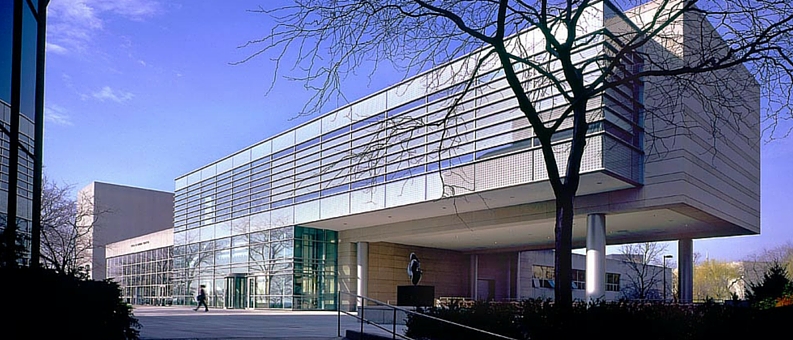Sep 23 2017 - Mar 11 2018
Evanston, IL
In the summer of 1967, more than 100,000 young people streamed into the Haight-Ashbury district of San Francisco and the Sunset Strip in Los Angeles, as well as Greenwich Village in New York and Old Town in Chicago, to celebrate peace, love, music, and mind-altering drugs. Many of the artists, poets and musicians associated with the “Summer of Love” embraced the work of British visionary poet and artist William Blake (1757–1827) and used it as a compass to drive their own political and personal evolutions. William Blake and the Age of Aquarius will explore the impact of British visionary poet and artist William Blake on a broad range of American artists in the post-World War II period. This exhibition will be the first to consider how Blake’s art and ideas were absorbed and filtered through American visual artists from the end of World War II through the 1960s. Blake became for many a model of non-conformity and self-expression, and was seen as an artist who engaged in social and political resistance in his time.
William Blake and the Age of Aquarius will consider parallels between Blake’s time and mid-twentieth-century America, touching on such issues as political repression, social transformation, and struggles for civil rights. Blake’s protests against the conventions of his day were inspirational for many young Americans disillusioned by perceived cultural tendencies of social uniformity, materialism and consumerism, racial and gender discrimination, and environmental degradation. This generation sought in Blake a model of independence, imagination, and resistance to authority. The exhibition will feature American artists for whom Blake was an important inspiration and will include more than 130 paintings, prints, drawings, photographs, films, and posters, as well as original Blake prints and illuminated books from collections throughout the United States.
This exhibition considers why Blake's art, poetry, and political ideas had unique currency in postwar America and brings together artists used Blake lyrics as titles, experimented with printing techniques and innovative combinations of image and text, and cited Blake's worldview in letters, diaries, and essays. A section titled "Blake's Interpreters" will look at artists beginning in the mid-1940s who discovered Blake's unique voice in such poems as "The Tyger" and "The Sick Rose" and drew inspiration for their own work from his ideas. These will include Sam Francis, Stanley William Hayter, Agnes Martin, Jackson Pollock, Charles Seliger, Robert Smithson, and Clyfford Still among others. A section on the "Beginnings of a Counterculture" the embrace of Blake as a model for artist as outsider and will bring together works by Diane Arbus, Wallace Berman, Bruce Conner, Jay DeFeo, Robert Frank, and Jess. The final section, "Age of Aquarius" will trace the wider circulation of Blakean ideals and how they became diffused in popular culture as the alternative movements of the 1960s came to full fruition. Subsection here will focus on the "Summer of Love," with its anti-war sentiments and utopian expressions of peace, love, and rebellion against authority and "Doors of Perception," investigating themes of altered consciousness as inspired by the Blake quote "If the doors of perception were cleansed, everything would appear to man as it is, Infinite."
Credit: Exhibition overview from museum website

Select William Blake and the Age of Aquarius to place this book in your Amazon shopping cart.
Exhibition Venues & Dates
Sep 23 2017 - Mar 11 2018
Evanston, IL
